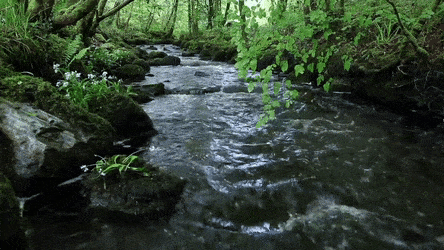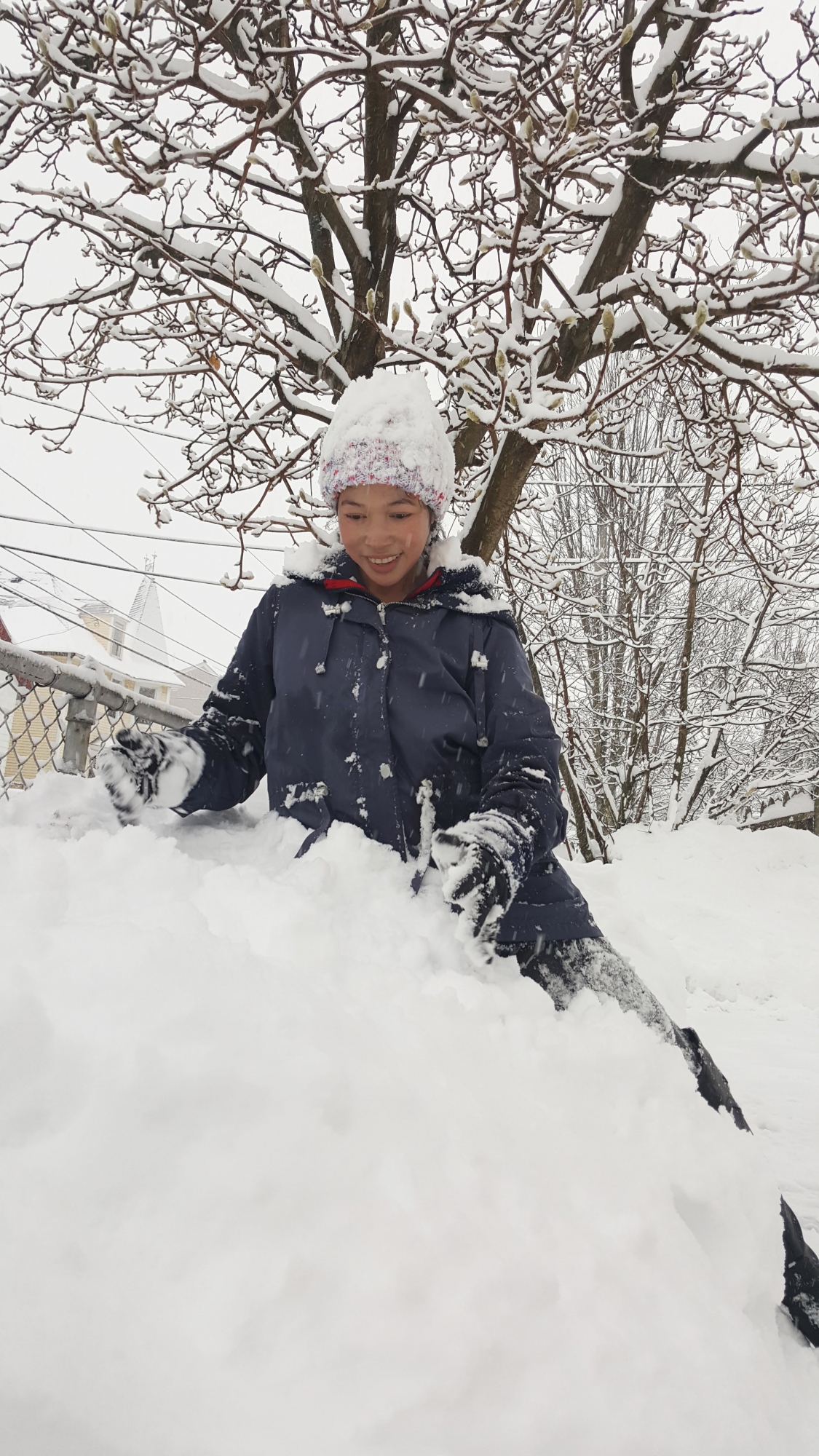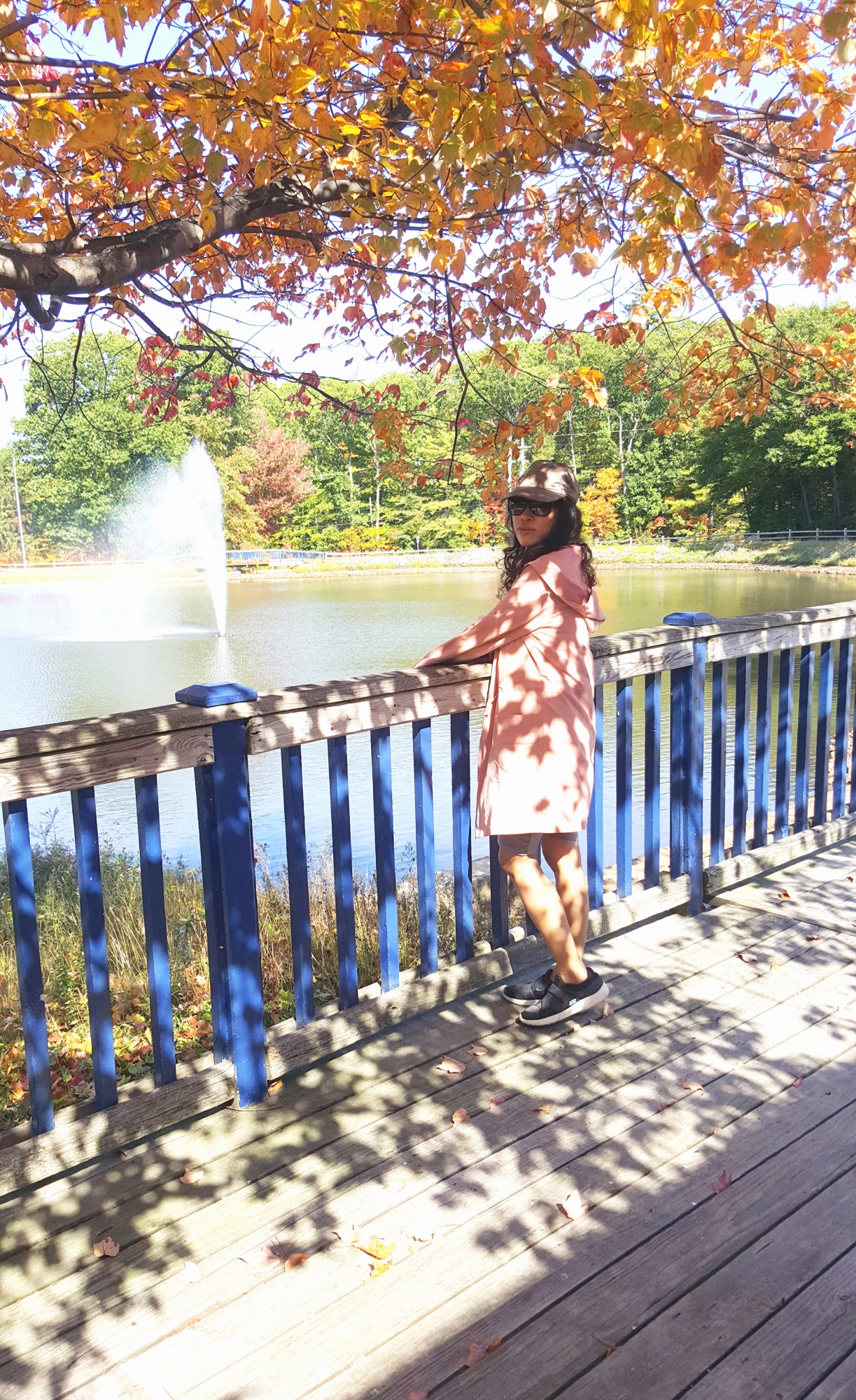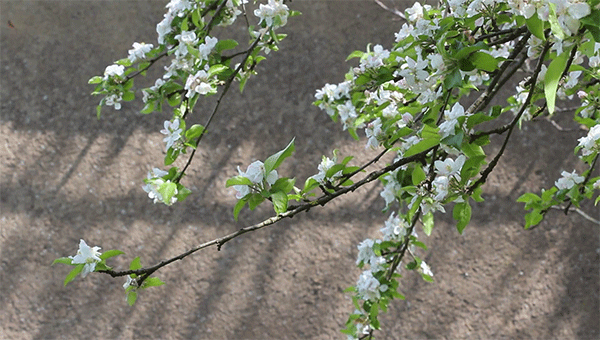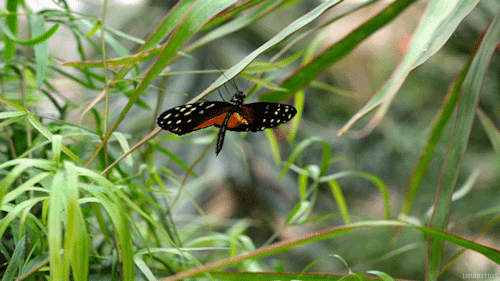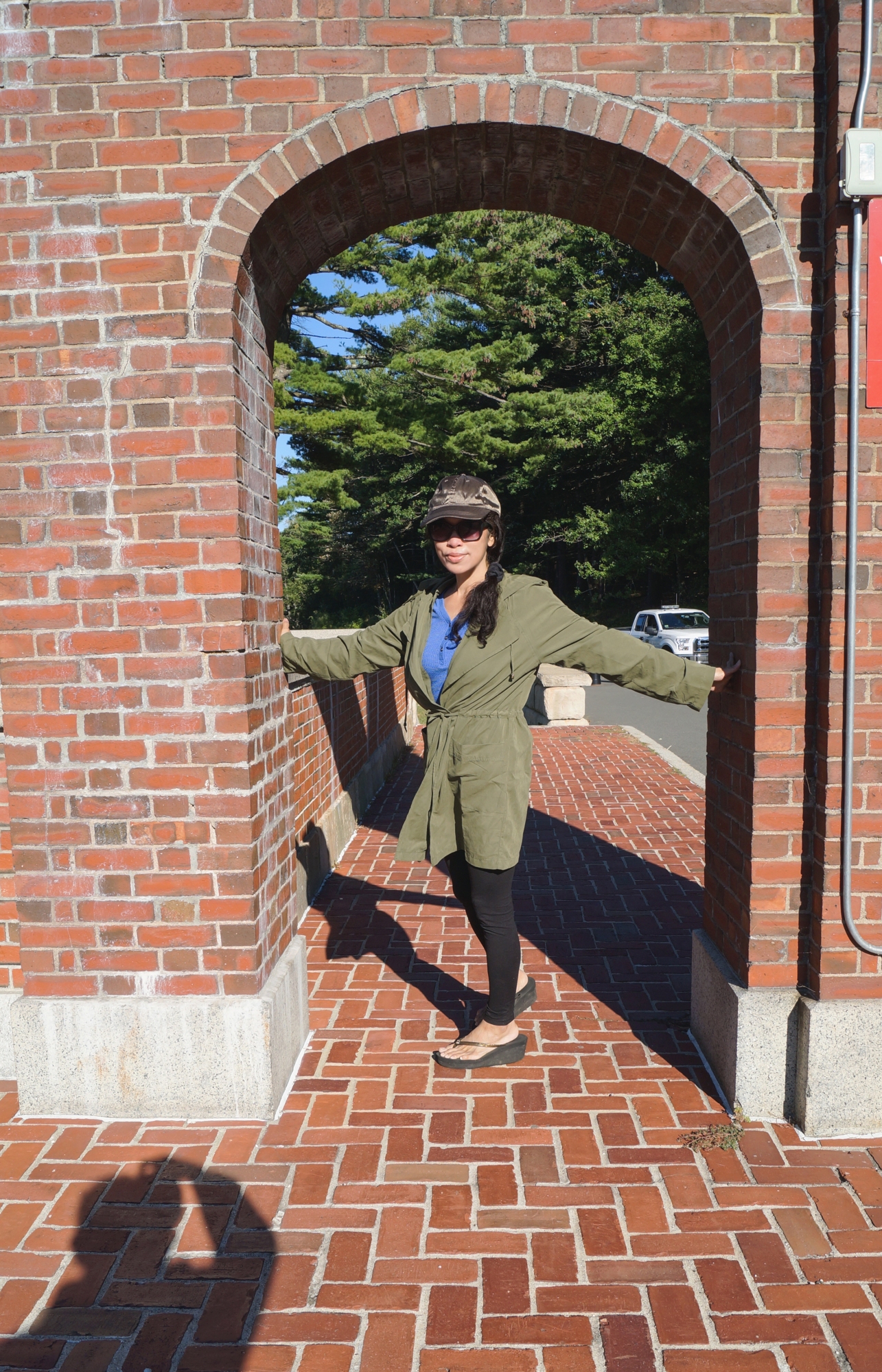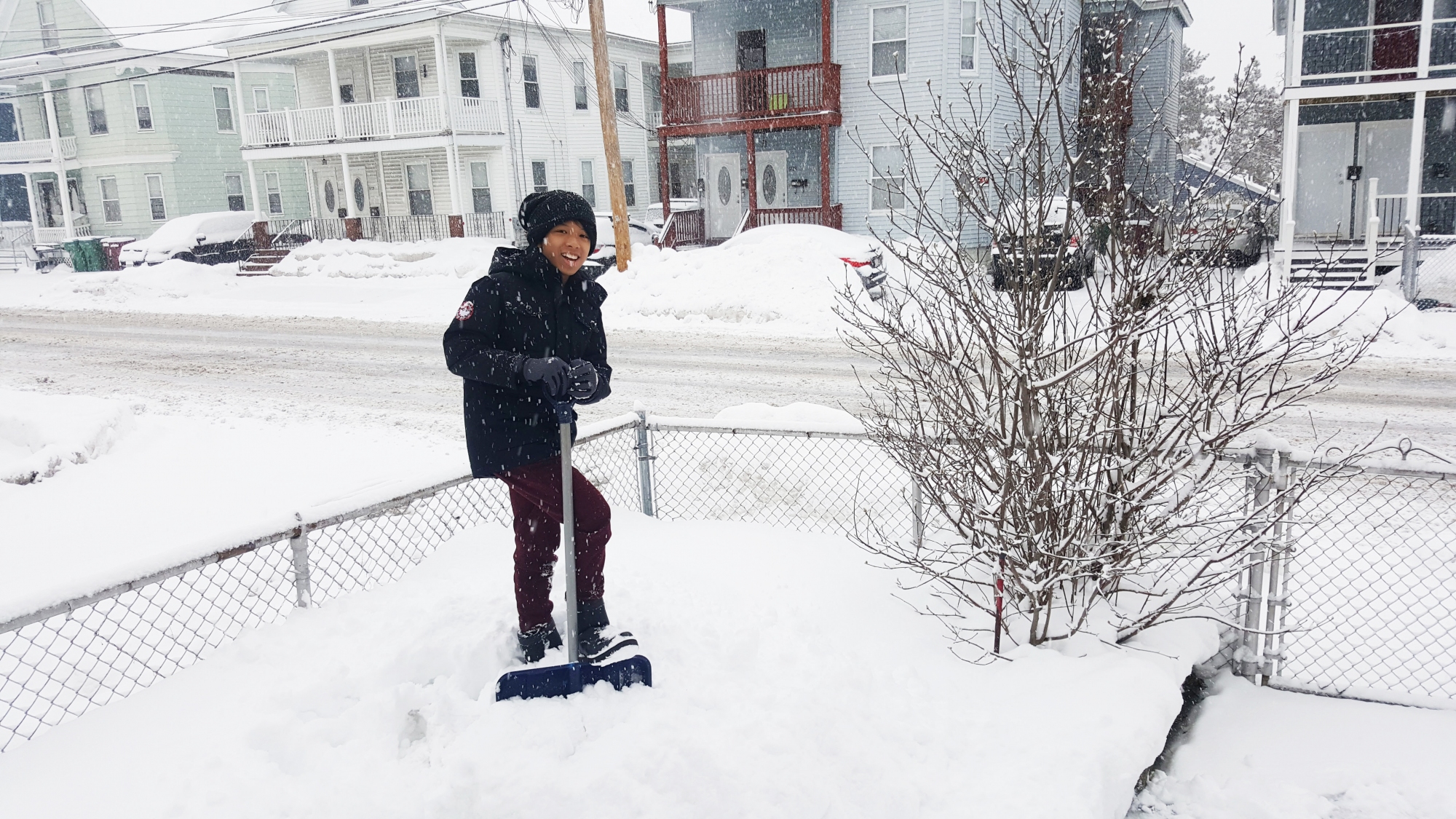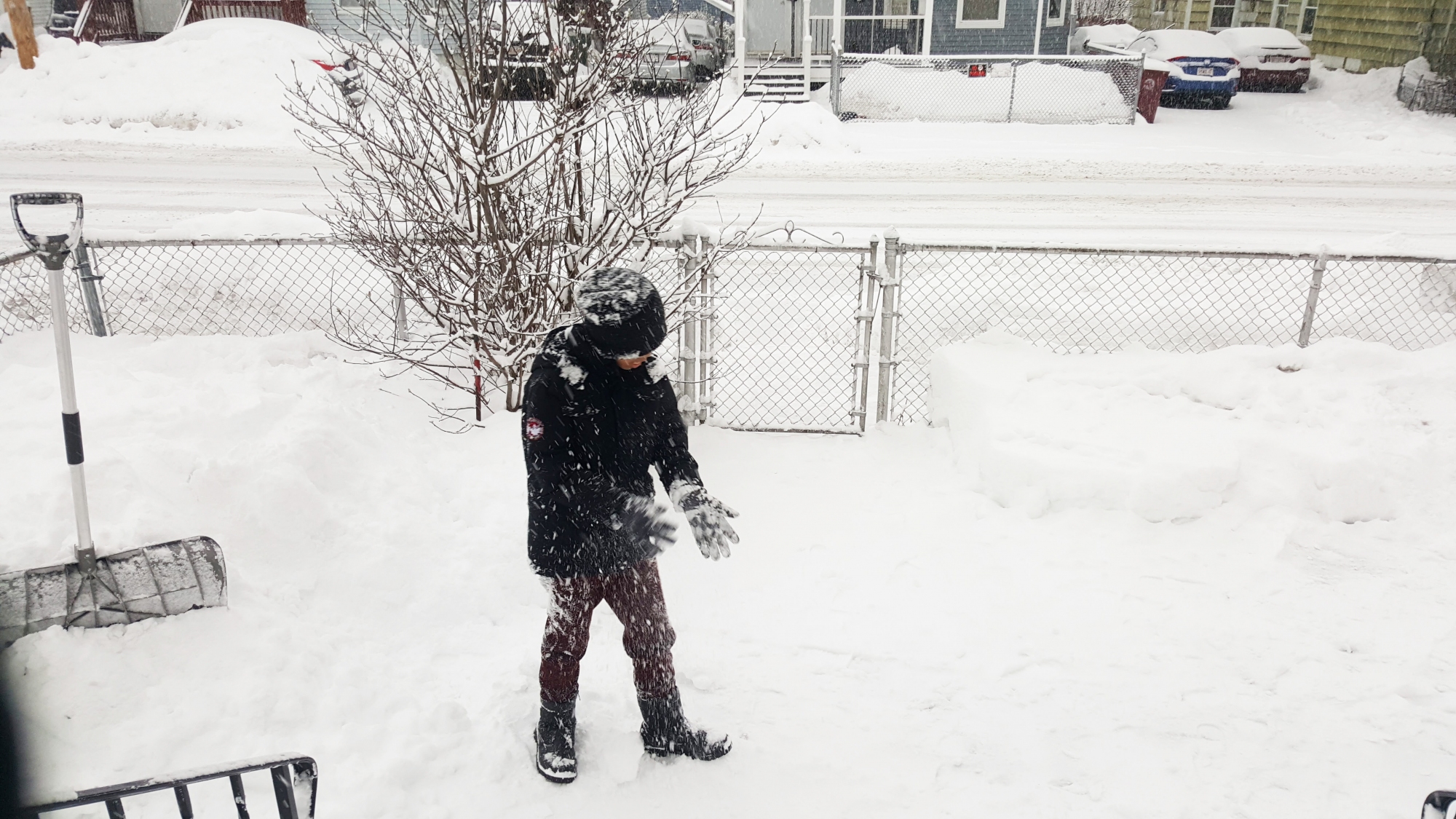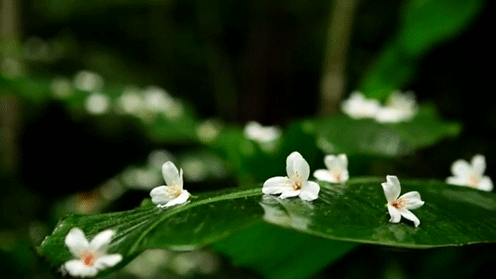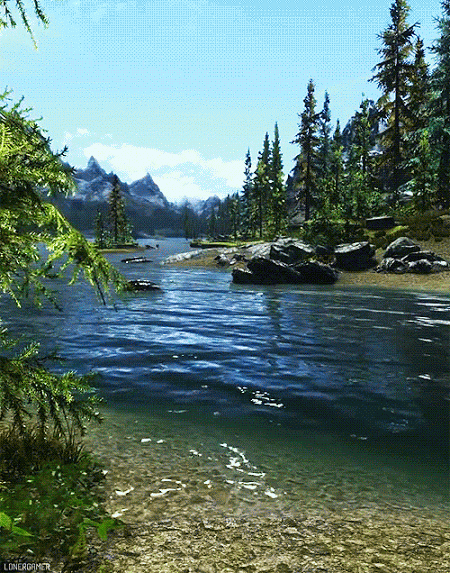-
To seek nothing is bliss… Comment March 4, 2021 -
For each new morning let there be flow of love 3 March 2, 2021 -
Something incredibly honest about trees in winter 3 February 18, 2021- I realize there’s something incredibly honest about trees in winter, how they’re experts at letting things go. – Jeffrey McDaniel
- Snowflakes are one of nature’s most fragile things, but just look what they can do when they stick together. – Vista M. Kelly
- We are like a snowflake, all different in our own beautiful way. – Unknown
-
When humans are very young 2 February 12, 2021Infants and young children naturally and spontaneously reveal what they feel. They are not held back by inhibitions or enmeshed in habits of deception. One effect of babies’ naturalness is that people feel affection towards them, and this kindness that others show them is necessary for their survival. We find small children adorable and loveable, and we are therefore willing to take care of their needs. People stop to admire them and want to caress and hold them. If they cry, we want to discover why so we can give them whatever they lack. When humans are very young, we are naturally open and straightforward. If a small child sees another playing at something, he or she might walk straight up and join the other in the play. Children unselfconsciously wave at people in passing trains or cars. They do not doubt others’ intentions or seek to deceive them. ~ 17th Karmapa
-
Self-mastery entails self-discipline 2 February 11, 2021Self-mastery entails self-discipline, but neither self-mastery nor self-discipline is a matter of applying superior force. It is not like a parent pushing a child to do her homework long enough that she finally grudgingly does it to avoid being scolded by her parents. Self-discipline can be developed joyfully rather than as a burden we impose on ourselves. It can become something we willingly embrace. This requires training – mind training. We need to recognize that our minds are big enough and can open wide enough to accept reality. We need to talk to our minds. The aim is for us to choose, wholeheartedly, to do what we know is the best thing to do. Self-discipline ~ 17th Karmapa
-
See if you can bear sufferings Comment February 10, 2021 -
Softening our heart 1 February 9, 2021This heart of ours is very difficult to soften. But we’d all most probably like our heart to be more soft and compassionate. The way it can ever soften is to be able to put ourselves in others shoes, in the shoes of the person we see suffering, for example.
Then go through what they go through, feel what they feel and experience. Naturally our heart softens and more compassion flows. So don’t resist the suffering you encounter, but take it as a way to train your heart in compassion. ~ Dzigar Kongtrul Rinpoche
-
Snow isn’t actually white 1 February 8, 2021That’s right. Snow is actually clear. Snowflakes are made out of ice crystals, so when light passes through, it bends and bounces off each individual crystal. The entire spectrum of light is reflected back to our eyes, and we see white snow. So there’s actually no such thing as a White Christmas, but that sounds a lot catchier than Translucent Christmas.
-
If every tiny flower wanted to be a rose 1 February 8, 2021- If every tiny flower wanted to be a rose, spring would lose its loveliness. – Therese of Lisieux
- Gardens and flowers have a way of bringing people together, drawing them from their homes. – Clare Ansberry
- Flowers are a proud assertion that a ray of beauty outvalues all the utilities in the world. – Ralph Waldo Emerson
- Flowers always make people better, happier and more helpful; they are sunshine, food and medicine to the soul. – Luther Burbank
-
Mastering the art of timing Comment February 7, 2021


